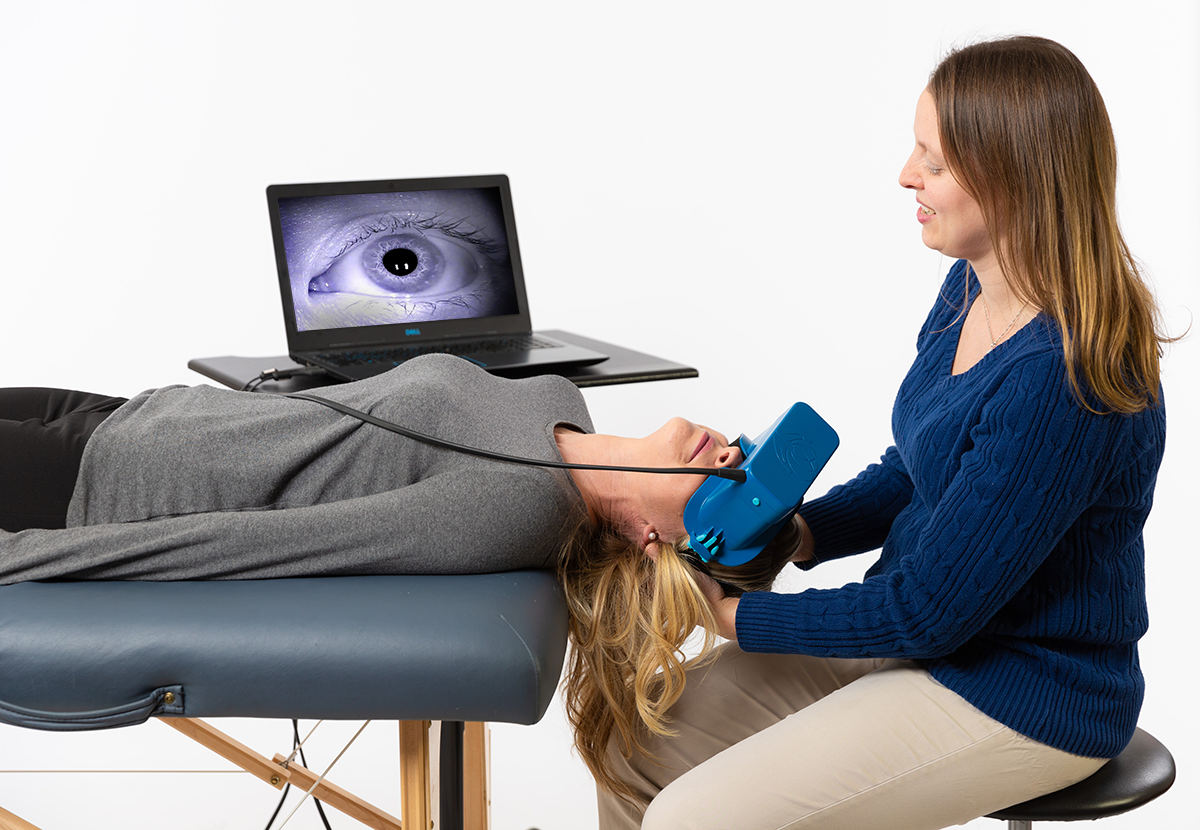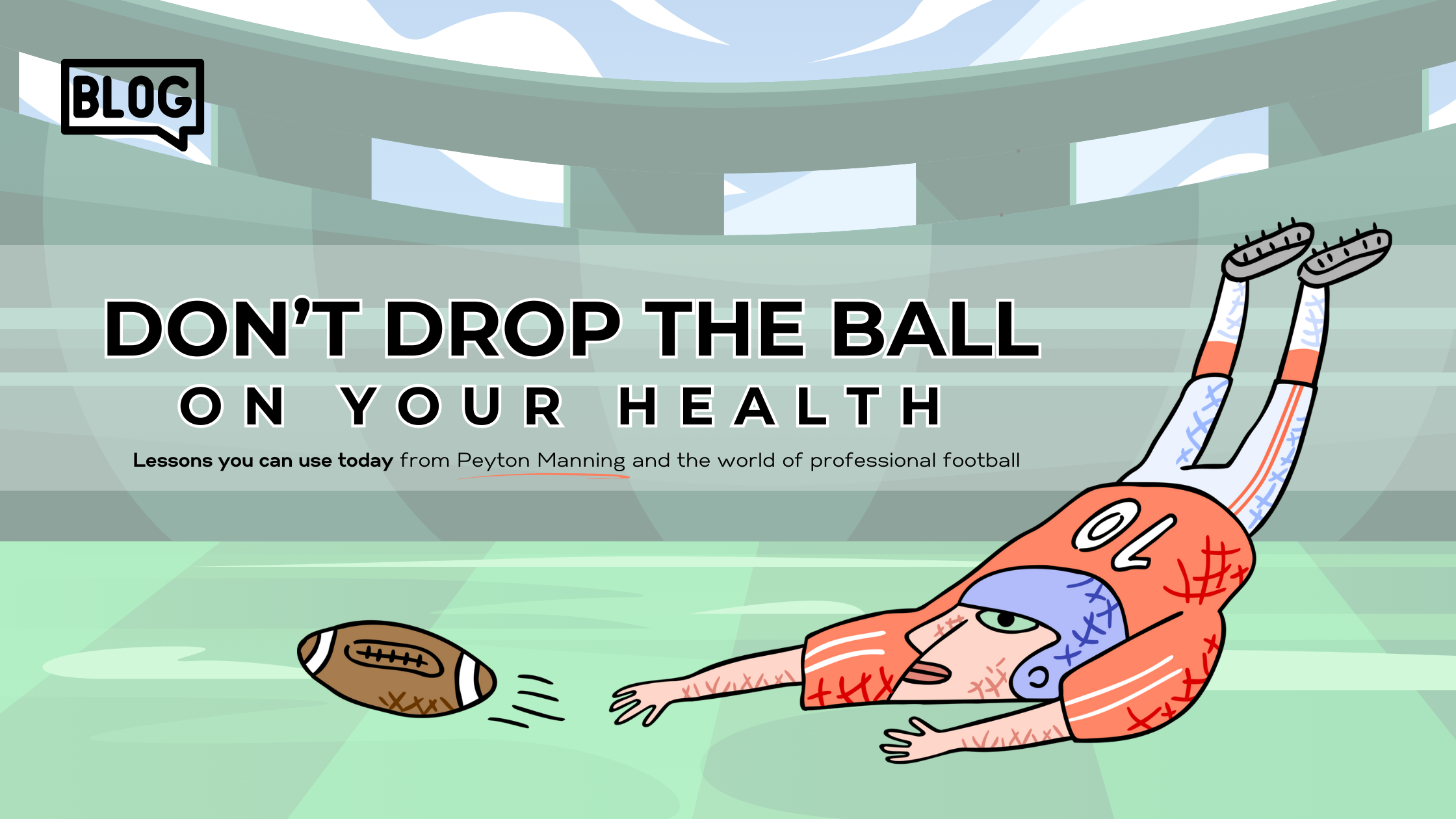Vestibular Physiotherapy
There are many vestibular disorders as well as alternative causes of dizziness that vestibular physiotherapists can assess, determine the cause of, and successfully treat.
Urgent Vestibular Appointments Available
IF YOU ARE SUFFERING FROM ACUTE VESTIBULAR / VERTIGO SYMPTOMS, PLEASE CALL THE CLINIC (403-454-1445) TO BOOK AN APPOINTMENT AS WE MAY BE ABLE TO ACCOMODATE YOU SOONER THAN THE SCHEDULE INDICATES
What is a vestibular disorder?
The vestibular system includes the parts of the inner ear and central nervous system that process the sensory information involved with controlling balance and eye movements. If there is an injury or imbalance in these processing areas, vestibular disorders can result.
Symptoms that could suggest a vestibular disorder
- Dizziness
- Vertigo
- Imbalance or unsteadiness
- Motion sensitivity
- Blurred vision
- Sensitivity to visual stimulation
- Associated symptoms: nausea, headaches, fatigue, anxiety


Common Types of Vestibular Disorders
The two most common conditions treated by a vestibular therapist are Benign Paroxysmal Positional Vertigo (BPPV) and Vestibular neuritis.
But other conditions that cause dizziness/vertigo and/or imbalance can also benefit of vestibular rehab intervention, such as:
- post concussion
- persistent symptoms in between episodes of Meniere’s disease or in between episodes of migraines
- Accoustic Neuroma (vestibular schwannoma)
- general imbalance
What can I expect from treatment?
Your first appointment will include a detailed vestibular assessment using Infrared Video Goggles performed by the physiotherapist to determine the most likely cause of your symptoms. You will be provided with education on your condition and an individualized home program, that will be monitored and progressed according to your needs. In some cases, the physiotherapist may consult with your family doctor for a referral to an ENT specialist or a neurologist.
Some of the treatments provided:
- Canalith Repositioning Maneuvers
- Habituation exercises
- Gaze Stabilization exercises
- Optokinetic Stimulation exercises (used to decrease symptoms caused by sensitivity to visual stimuli)
- Balance Training

Recent blogs by our team

Debunking the Posture Myth
For years, posture has been blamed as a primary cause of back pain. We’ve all heard it (and we've probably all said it): “Sit up straight!” or “Slouching will ruin your back!&r...

Don't Drop the Ball on Your Health
Payton Manning is a Super Bowl winning, NFL hall of famer who currently hosts a Monday night football commentary show, The ManningCast, with his brother Eli. During the game between the San Fransico 4...

Tummy Time and Healthy Infant Development
Tummy time is an essential activity for infants, contributing significantly to their physical development and overall health. It is recommended to start tummy time from day 1.An achievable way to enco...
